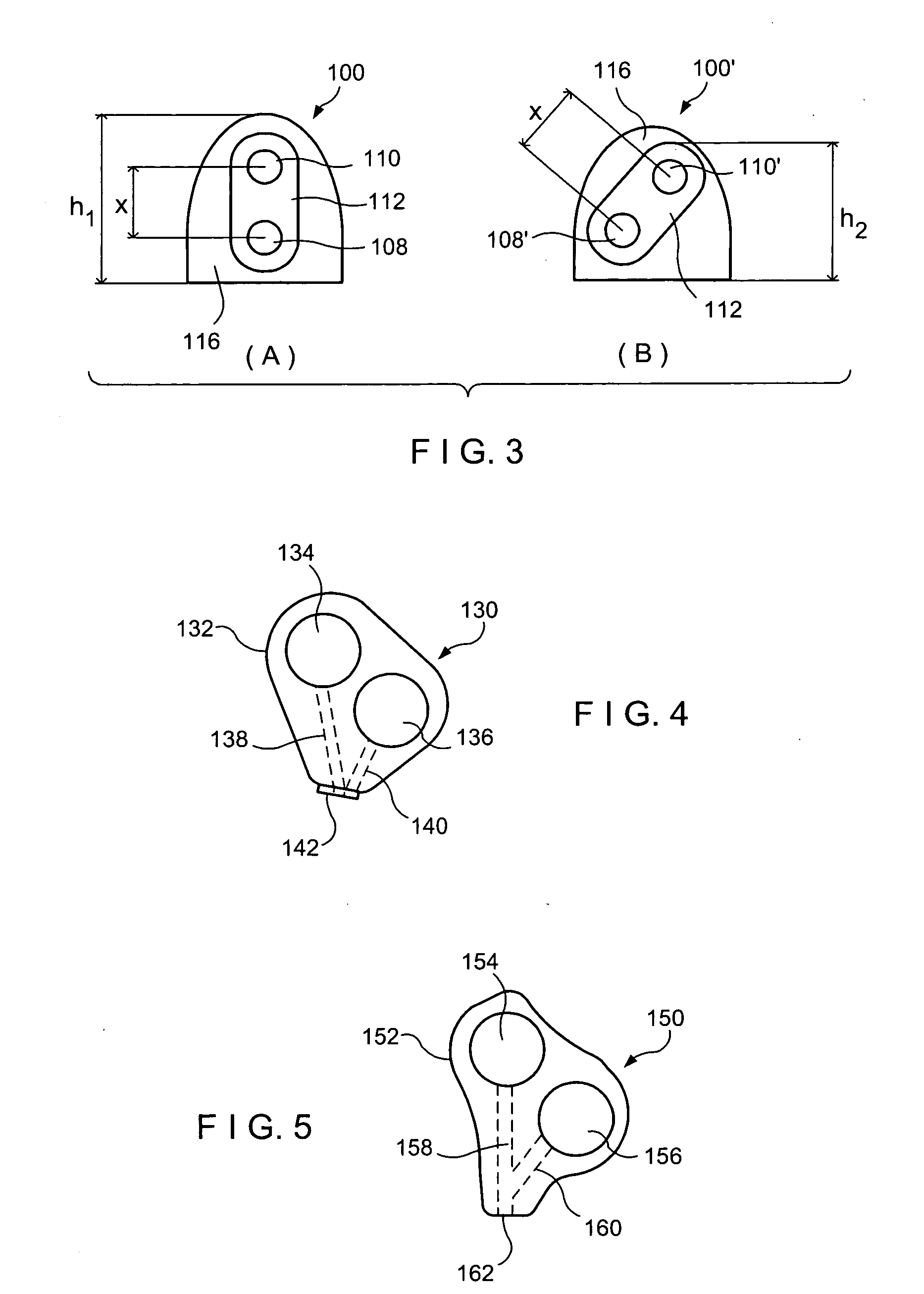Dual well port device
a well port and well technology, applied in the direction of catheters, other medical devices, medical preparations, etc., can solve the problems of inability to eject fluid through the same lumen, require special handling, and are dangerous to insert and remove catheters
- Summary
- Abstract
- Description
- Claims
- Application Information
AI Technical Summary
Problems solved by technology
Method used
Image
Examples
Embodiment Construction
[0015] The present invention may be further understood with reference to the following description and the appended drawings, wherein like elements are referred to with the same reference numerals. The present invention is related to medical devices that are used to access the vascular system of a patient. In particular, the present invention relates to access ports used to inject therapeutic agents into the patient vasculature.
[0016] Semi-permanently placed ports may be useful for a variety of medical procedures which require repeated access to a patient's vascular system. For example, chemotherapy infusions may be repeated several times a week for extended periods of time. For safety reasons, as well as to improve the comfort of the patient, injections of these therapeutic agents may be better carried out with an implantable, semi-permanent vascular access port. There are many conditions that require chronic venous supply of therapeutic agents, nutrients, antibiotics, blood produ...
PUM
 Login to View More
Login to View More Abstract
Description
Claims
Application Information
 Login to View More
Login to View More - R&D
- Intellectual Property
- Life Sciences
- Materials
- Tech Scout
- Unparalleled Data Quality
- Higher Quality Content
- 60% Fewer Hallucinations
Browse by: Latest US Patents, China's latest patents, Technical Efficacy Thesaurus, Application Domain, Technology Topic, Popular Technical Reports.
© 2025 PatSnap. All rights reserved.Legal|Privacy policy|Modern Slavery Act Transparency Statement|Sitemap|About US| Contact US: help@patsnap.com



